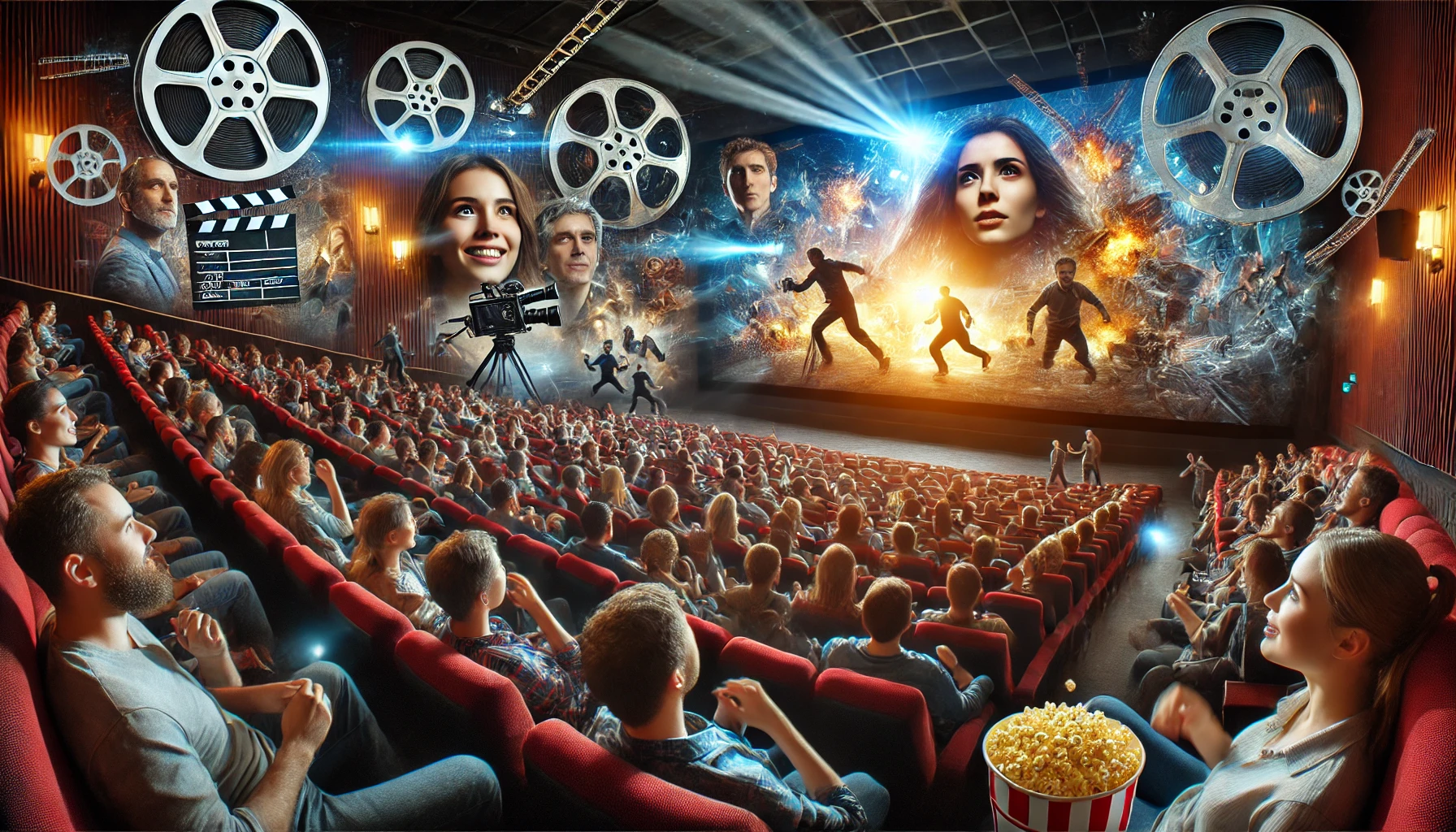While watching a movie, the audience naturally follows the fast-paced flow of the movie and perceives the space and emotions in the movie through Kant’s theory of disinterestedness and identification. They empathize with the unique moods that emerge in the orientation space and emotional space, and they perceive the movie as a multi-layered emotional experience.
How do audiences perceive the flow of a movie? How do they follow the rapidly changing angles, characters, space, time, etc. without difficulty and with excitement? A common explanation of film reception is the process of identification that occurs between the viewer’s eyes and the camera’s gaze, but identification theory fails to provide a meaningful explanation of how, under what conditions, and through what processes identification occurs, and what are the unique modes of identification that occur when perceiving the flow of a movie.
Kant’s discussion of “disinterestedness” provides a clue. Kant argues that the subject of aesthetic experience is distanced from the very fact of the object’s existence. According to him, in a movie theater, the viewer is in a state of ‘indifference’ to the existence of the image itself. Rather than accepting the flow of the image in a cold, analytical manner, they experience it empathetically, as if it were speaking to them, as if they were invited to participate in the play of aesthetic experience. They experience a state of aesthetic distancing and empathetic engagement. Unlike conventional theories of identification, which understand subject and object as either strictly separate or completely overlapping, Kant views aesthetic perception as a tense “in-between state” of separation and fusion between the perceiving subject and the perceived object. This theory of playful identification can be applied to the reception of other arts, not just movies. However, this aesthetic and playful identification is not enough to fully understand the dynamic experience of movie reception.

The reason why audiences can experience the flow of a movie in a lively way is that the space in a movie is a ‘directional space’ rather than a simple place. The various angles and movements of the camera and the free choice of point of view facilitate the expression of directional space. Consider a scene showing a conversation between two people. The viewer is not just seeing the presence and location of the two people involved in the conversation, but is also perceiving the directional implications of their gaze itself, i.e., the directional spatial situation in which their faces and upper bodies are facing each other.
The medium’s strength is not limited to its spatial representation. The perception of the flow of the movie is always accompanied by a sense of presence. The audience is always aware of the power of atmosphere, which is derived from the unique emotions of the spaces and characters in the movie. Therefore, the space in a movie is essentially an “emotional space” that allows us to feel the power of this atmosphere. This emotional space is an important factor that allows movie scenes to go beyond simply conveying visual information to engage and empathize with the audience.
Through its unique visual and auditory elements, a movie induces various emotional responses in the audience. Whether it’s tears during a sad scene, laughter during a happy scene, or sweat during a suspenseful scene, a movie can trigger a wide range of emotions. This shows that movies are more than just a visual experience, but a comprehensive emotional experience. Through this emotional space, audiences can more deeply empathize with the characters and situations in the movie and immerse themselves in the narrative.
In this way, moviegoers do not simply identify their eyes directly with the camera’s gaze. While watching the movie, the audience playfully identifies with the space, movement, etc. in the movie, and not only perceives various layers of space such as place space and directional space simultaneously, but also senses the power of the unique atmosphere emanating from the emotional space, and communicates with the space in the movie through empathy. In this process, the audience discovers the depth and meaning of the movie beyond the simple story through the complex and multi-layered experience provided by the art form of movie.
